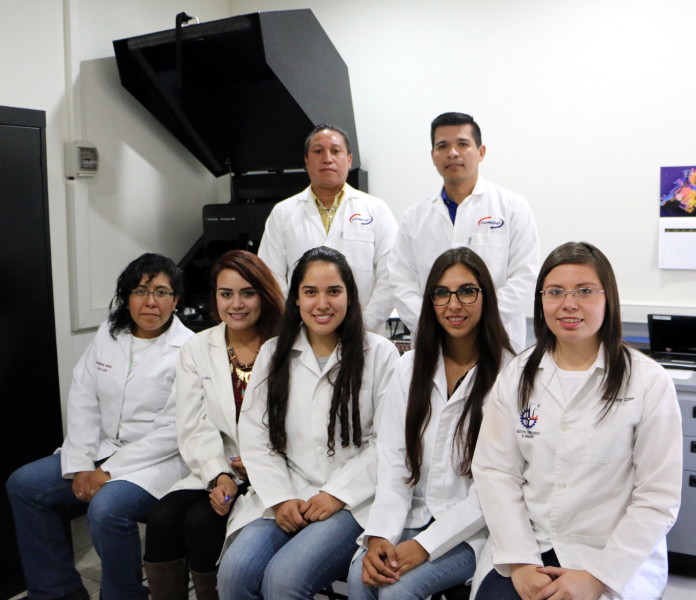Synthesis and Characterization of Multiferroics Materials
At Cimav a multidisciplinary group of specialists develops research focused on ferroelectric materials which are used as energy harvesting and store information in computer systems. In addition, these materials are used as capacitors and sensors. Its application is wide and that can be used in various industries ranging from aerospace to the medical.
In order that these materials work as energy harvesting, the Researchers seek to capture the noise of the environment and transform it into electrical energy. This work is developed in collaboration with the University of Texas at San Antonio (UTSA) and Dallas (UTDallas).
In the area of medicine, specialists in Cimav develop materials with properties that allow them to capture energy and convert it into images. For example this knowledge can be applied in a micro-camera so that when implanted in the human eye can regain visibility; these technologies are already in development at the University UT Dallas.
In computer systems the multiferroics materials can be used to store large amounts of information as hard drives.
In the automotive and aerospace industry can be used as sensors or actuators. For example to determine the distance between the vehicle or aircraft and other objects of its periphery in order to avoid accidents.

Scientific basis of these investigations
The multiferroic materials simultaneously exhibit two or more properties of the type of ferromagnetism and have coupling of magnetic and electrical properties. The case to which most attention is devoted today is the magnetoelectric multiferroic (MME), which are the ferromagnetic – ferroelectric and are able to change the polarization response to a magnetic stimulus and vice versa. There are very few ‘multiferroic’ materials that exhibit both of these properties, but potentially very useful.
Among the important applications in nanotechnology for which they are considered, there are magnetic storage devices information, recorded electrically, transducers and energy harvesters, to name just a few. Since Nanotechnology is not just miniaturization. For example, certainly develop such Microcameras which return sight to the blind would be a wonderful achievement of Nanotechnology.
Research in this field consists in two complementary aspects: First in the generation of knowledge about the processes and mechanisms that determine the synthesis of new nanostructured coatings of ferromagnetic and ferroelectric materials, for example; CoFe2O4/Ba0.87Ca0.125Ti0.9Zr0.1O3, CoFe2O4/LiNbO3 formed by two layers of each material, and the other hand core-shell nanoparticles. The second is the development of experimental methods and theoretical models based on Transmission Electron Microscopy (TEM) with its versatility techniques.
Interface structure properties formed in these nanostructured materials are analyzed, by TEM, as well as, piezoelectric-piezomagneticas and nanomechanical properties analyzed Insitu TEM. Moreover, by Atomic Force Microscopy (Piezoelectric force, Magnetic Force, etc.) the domains structure of ferroelectric and ferromagnetic to understand the processes that determine their ferroelectric and ferromagnetic properties are studied. In addition to determining the mechanical properties of nanostructured coatings and nanoparticles core-shell such as elastic modulus, residual stress, fracture toughness, stiffness, etc., are evaluated by nanoindentation technique. Thereby these properties are closely related with the ferroelasticity and magneto elasticity.
For example, the residual stresses attenuate the operation of ferroelectric and ferromagnetic materials in an electronic device. Based on previous studies it is to optimize the multiferroic material in the form of thin films and core-shell nanoparticles to have a better performance in electronic devices and spintronics respectively.
- Evaluation of mechanical properties in materials science by Nanoindentation method.
- Synthesis of functional ceramics; Ferroelectric and Multiferroics materials.
- Characterization of the ferroelectric and magnetic domains structure by Aatomic Foce Macoscopy.
- Energy Harvesting.
